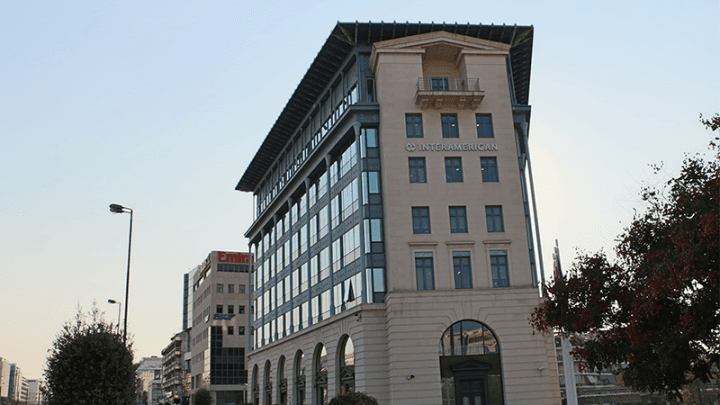Improving Customer Experience with Predictive Risk Assessment and Fraud Checks
May 8, 2019
Insurance fraud fighting and risk assessment best practices series. What we’ve learned from over 150 implementations at P&C insurance carriers globally. Technology enables quick research and decision-making. This has caused customers to become impatient. They want to be informed very quickly and demand real-time decision making and service. Insurers have become e-commerce companies and are becoming a part of this trend. They have no other option. Technology makes this all possible.
But there is downside. Haste can be an obstacle to due care and responsible decision making by the insurer. This is especially true for fraud prevention, when insurers do not want to deter customers with difficult questions and time-consuming checks. We’ve learned that approximately 97% of your customers are “good” customers. Let’s give them the treatment they deserve. By using the right technology, customer experience and loyalty improve significantly.
Fraud more difficult to detect
As systems become more complex and diverse and the speed of the decision-making increases, it becomes more and more difficult to detect fraud. Fraudsters are also innovative. The gut feeling of the claim handler was once enough to bring fraud to light, but this is no longer enough. No matter how good the claims handler is, he or she could never meet the speed and accuracy required today. With the increase in digital demand, fraud must now be detected both during the claim process and when selecting risk at underwriting. Download the Fraud Report 2022.

The INTERAMERICAN example
INTERAMERICAN, part of Achmea, is a leading insurer in the Greek P&C market. The company has a very strong brand and is well known for the progressive and innovative way of working in the P&C insurance industry. INTERAMERICAN’s vision is to become the first all-digital insurer in Greece.
Small team, big impact INTERAMERICAN has a large motor vehicle portfolio, but only a small underwriting team. It is therefore very important that they have the best information available, based on internal and external data sources. And that the system automatically produces the desired signals based on this information. By collecting and using as much information about the vehicle and the policyholder as possible when assessing the application, INTERAMERICAN is effective in risk assessment. This allows them to improve their prevention of fraudsters being accepted. It also allows them to clarify which newly insured persons should be given extra attention, because of a greater-than-average likelihood of damage claims. On the other hand, good customers receive smooth and fast customer onboarding. Incidentally, they do not only use the system for new policies. Existing policies will also be screened in this manner upon renewal and adjusted accordingly based on the results. This means that in due course an entire portfolio will be checked. Ongoing risk assessment occurs and fresh data enters the core system on a regular base.
Sharing results amongst departments It is important for INTERAMERICAN that the Underwriting and Claims departments learn from each other, work together, combine their reviews and find the important areas for fraud detection. To realize this, they had to let go the old system of separate underwriting and claims departments. Both departments need to see the different trends, patterns and data in order to combine them. This is the reason why INTERAMERICAN uses an integrated, connected solution for both underwriting and claims. They can make a responsible decision in seconds during underwriting via automated risk assessment. Good customers will therefore receive the service they deserve: quick acceptance for a policy or a fast pay-out for an honest claim.
Setting the scene
No insurance company is immune to fraud. As much as the industry might feel prepared, fraudsters are smart and always look for the weak spot. Fraudsters use everything they have in their power to get money from insurers and they find ways to avoid getting caught. And these fraudsters are insurer-agnostic, so no one is safe. Insurance fraud is a global problem. On average, 10% of incurred losses are related to fraud. Fraud is also a growing problem, contributing to 10 to 15 percent of total claims costs. The total cost of P&C insurance fraud is more than US$80 billion per year in the US alone, according to the Coalition Against Insurance Fraud. That means insurance fraud costs the average US family between $400 and $700 per year in the form of increased premiums. By actively fighting fraud we can improve these ratios and the customer experience at the same time. It’s time to take our anti-fraud efforts to a higher level. The good news here is that the battle against fraud is at least being taken more seriously. Fraud affects the entire industry, and fighting it pays off. US insurers say that fraud has climbed over 60% over the last three years. Meanwhile, the total savings of proven fraud cases exceeded $116 million. Insurers are seeing an increase in fraudulent cases and believe awareness and cooperation between departments is key to stopping this costly problem. The insurance industry is working hard to improve on fraud detection and prevention. It is definitely a topic on the agenda and not underestimated. In this case, everything starts with awareness.

